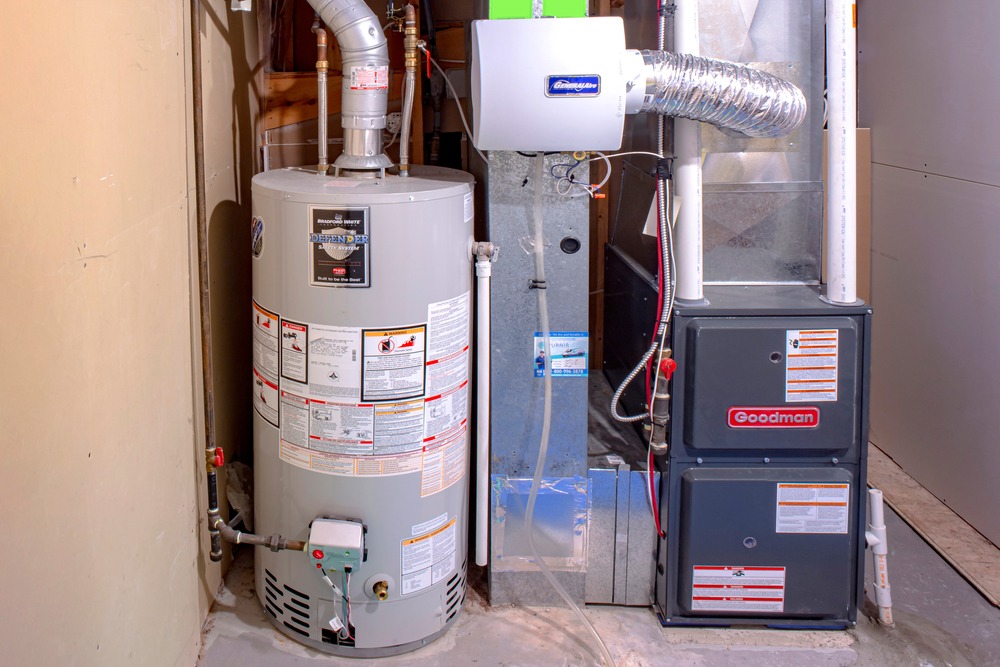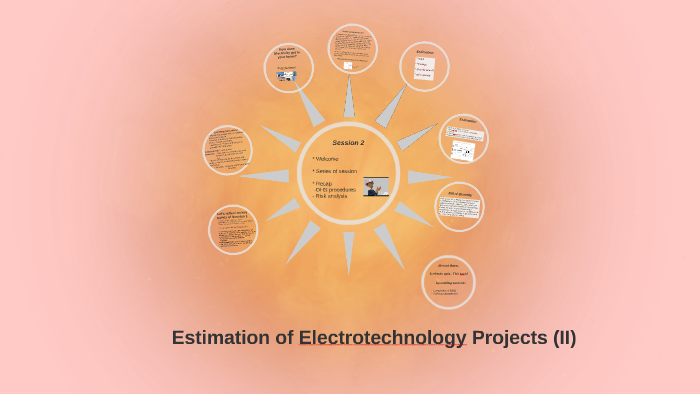Table of Content
A home energy audit identifies where your home is operating efficiently, and where it’s wasting energy. It’s a detailed assessment of your home’s energy consumption that includes inspecting certain areas and features to identify opportunities for improving energy efficiency. In other words, if at 10 am the demand in the system reaches up to 150MW, then the generation sources in the grid must be capable of producing over 150MW at 10 am.
Sounds weird but one of the oldest sources used to produce energy, that has been around for hundreds of years, is hydropower – using water to power machinery or make electricity. After the turbine burns the natural gas, more power can be produced by utilizing a combined cycle system. This system takes the exhaust heat from the turbine (ranging from 900-1,150°F) and sends it to a Heat Recovery Steam Generator . Based on high demand, the plant can burn as much as 5,000 tons on a day when consumers use a lot of electricity.
Professional Home Energy Assessments
Preventative cleaning should be done each year to ensure that the system does not become clogged with dirt and debris. Cracks and holes allow air to escape instead of being distributed throughout the home. The potential energy savings from reducing drafts in a home may range from 10% to 20% per year, and your home will be much more comfortable afterward. Sealing cracks around doors and windows is something that’s low cost and easy to do yourself with caulking and weatherstripping supplies found at your local improvement store.

● Improving the efficiency of heating, cooling and hot water equipment. The assessor will help you better understand how much energy goes into heating, cooling and powering your home. Most professional audits will include a detailed list of problem areas as well as recommended improvements that can be made to make your home more energy efficient. Also, look for ways to use connected home devices or lighting controls such as sensors, dimmers, and timers to reduce lighting use. And remember, always turn off unnecessary lights to save even more energy. A professional home energy assessment is the best way to determine where your home is losing energy and where you can save money.
The Plus Side of Hiring a Professional Property Management Company
Several fusion projects are in the US, United Kingdom and Europe. This tells your energy supplier where your meter is and your gas supply number. ● Removing or repairing any parts of the home with internal moisture or mold to improve air quality and reduce deterioration.
● Caulking and weatherstripping doors and windows to reduce air leaks and drafts. Older models tend to use more energy for the same tasks that a newer appliance could perform with a lot less energy. That’s because an older system needs to run more often to keep your home warm or cool. So it’s important to have your HVAC system serviced by a reputable company twice a year. If you’re not comfortable with doing this, be sure to get a professional home energy audit because the insulation is a critical part of ensuring your home is not wasting energy.
Power Generation: Natural Gas Back to Top
If the insulation is pink or white and fluffy, and it’s about a foot deep, then you likely have enough insulation. Clean where necessary to ensure better airflow, and identify any that are damaged and need replacing. EPB offers a free do-it-yourself Home Energy Checkup that will help you conduct your own assessment—or you can keep reading for the six steps you should follow to complete your own home energy audit. Beyond insulation and appliances, how else can you tell if you’re buying a home that will withstand an ongoing energy crunch? By making sure you have more than one energy source working in your home.

Scientific and technical understanding of energy has allowed us to generate, transmit and use electricity to heat homes, charge phones, light streets and so much more. In 2012 the U.S. generated more than four thousand billion kilowatt hours of electricity. That’s enough energy to drive today’s electric cars almost 12 trillion miles, or to the Sun and back nearly 12,000 times. After electricity is generated, it goes through five steps before making it to your home. The first step is the high-voltage switchyard, which sends energy to the transmission lines.
Why Is A Home Energy Audit Important?
This electricity is expressed in kWh and each utility will establish an electricity rate for every kWh a household consumes. After leaving the generation facility, the energy runs through a line to the high-voltage switchyard. Flicking on a light switch or boiling the kettle is something that we do without a second thought. But it’s actually quite the feat when you consider what needs to happen for electricity to travel into your home.

When you think of the time and effort it takes, as well as the investment, to build and maintain the thousands of miles of line to deliver power to our homes, the value of electricity becomes much more apparent. Smaller transformers reduce the voltage again to make the power safe to use in our homes. These smaller transformers may be mounted on the poles, or sitting on the ground (they’re the big green boxes, called pad mount transformers). There are two main ways to generate nuclear fusion, but both have the same result. Fusing two atoms creates a tremendous amount of heat, which holds the key to producing energy.
Because the lighter U-235 particles travel faster than the heavier U-238 particles, more of them penetrate each sieve. The process continues until the concentration of U-235 is raised, or enriched, to 3-5 percent. Outflow – Used water is discharged from the turbine and is sometimes carried through pipelines and re-enters the river downstream. If these tests are positive, exploratory wells are then dug allowing geologists to see firsthand the underground characteristics and confirm if deposits are present.

Many utilities offer professional energy assessments at no or reduced cost to their customers. Your self-assessment can help the auditor better analyze your home, including issues such as comfort and indoor air quality, and potential areas for saving energy and money. No matter the source of energy that is used for energy transformation, large power generation facilities must comply with standards established by the Independent System Operator . As America looks for clean energy solutions, there is one form of efficient, clean power production that our nation has not explored for the last 57 years—nuclear.
Insulation ratings can vary, depending on what part of your home you’re insulating or where you live. Here in Chattanooga, you want to make sure your attic insulation has a minimum value of R-38. An R-38 level slows down the transfer of heat, so it doesn’t escape through your roof. If you don’t know what level you have, just take a look in your attic.
When the gates are open, the water flowing through the penstock becomes kinetic energy because it’s in motion. Natural gas used in homes is vastly different from the raw form of natural gas that comes from the ground. The gas is sent to processing plants where excess water, fluids, sulfur, carbon dioxide and hydrocarbons are extracted, resulting in pure natural gas. Such a large system can take years or decades to plan and can cost millions of dollars. For example, one-mile of a 115,000 V line on the transmission grid can cost approximately $400,000—from planning and development to implementation.
If the bird were to touch another wire with a different voltage – such as a neutral wire or the pole connected to the ground – it would mean a nasty electrocution for our feathered friend. There is effectively no difference in electric potential between one foot and the other, so no reason for the electricity to follow that path. It reaches a substation, where the voltage is lowered so it can be sent on smaller power lines.
They usually connect new housing and commercial projects to the network. Different companies (‘network operators’) run areas of the energy network. Get a report listing where your home is performing well and a prioritized list of potential improvements to help determine where your home improvement dollars would be best spent. Discover how much energy your home is using, and which equipment is using the most. After all, heat rises, so the majority of your heating is going to eventually make it to the roof. Another thing to look for in a home you are interested in buying is how well it’s insulated, particularly in the attic.

No comments:
Post a Comment